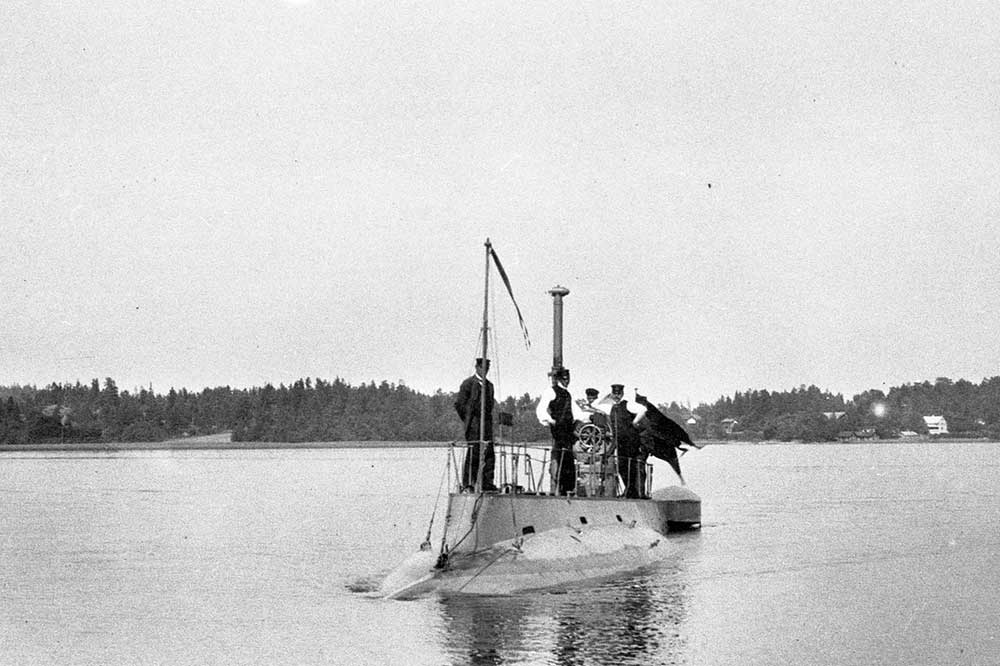HMS Neptune was a top-class submarine with a new hypermodern sonar system and advanced computer technology. In 1981, she got caught up in a political and military game of nerves when the Soviet submarine U 137 went aground in the Karlskrona archipelago.
No ordinary submarine
Much had happened in the Swedish submarine fleet in the 75 years that had passed since the first submarine, Hajen, was launched in 1904. The budget for the construction of Hajen was about 400.000 SEK. The budget for the construction of Neptune, launched in 1980, amounted to about 1.5 million SEK.
However, Neptune was no ordinary submarine. She was one out of three submarines of the so-called Näcken class, nearly 50 meters long and weighing about 1.000 tonnes. Neptune's completely new sonar system had considerably greater capacity than the systems that had been used by the Swedish Navy before. She had eight torpedo boats and a fully computerised combat management and fire control system.
Neptune and U 137
The 1980s was the decade of antisubmarine warfare in Sweden, and in the autumn of 1981, Neptune was thrown into the midst of the Cold War. On 27 October 1981, the Soviet submarine U 137 went aground in the Karlskrona archipelago. For 1,5 weeks the eyes of the world were on Karlskrona and the political nerve game that took place between Sweden and the Soviet Union.
Retired in 1998
During the 1980s and 1990s, Neptune was mostly used for antisubmarine warfare. In 1998, she retired from the Navy. She was kept in the naval dockyard at Karlskrona for several years, but in 2007, she was donated to the Naval Museum. After undergoing a renovation, Neptune was placed in the Submarine Hall at the Naval Museum and quickly became the museum's top attraction and visitors' favourite.

